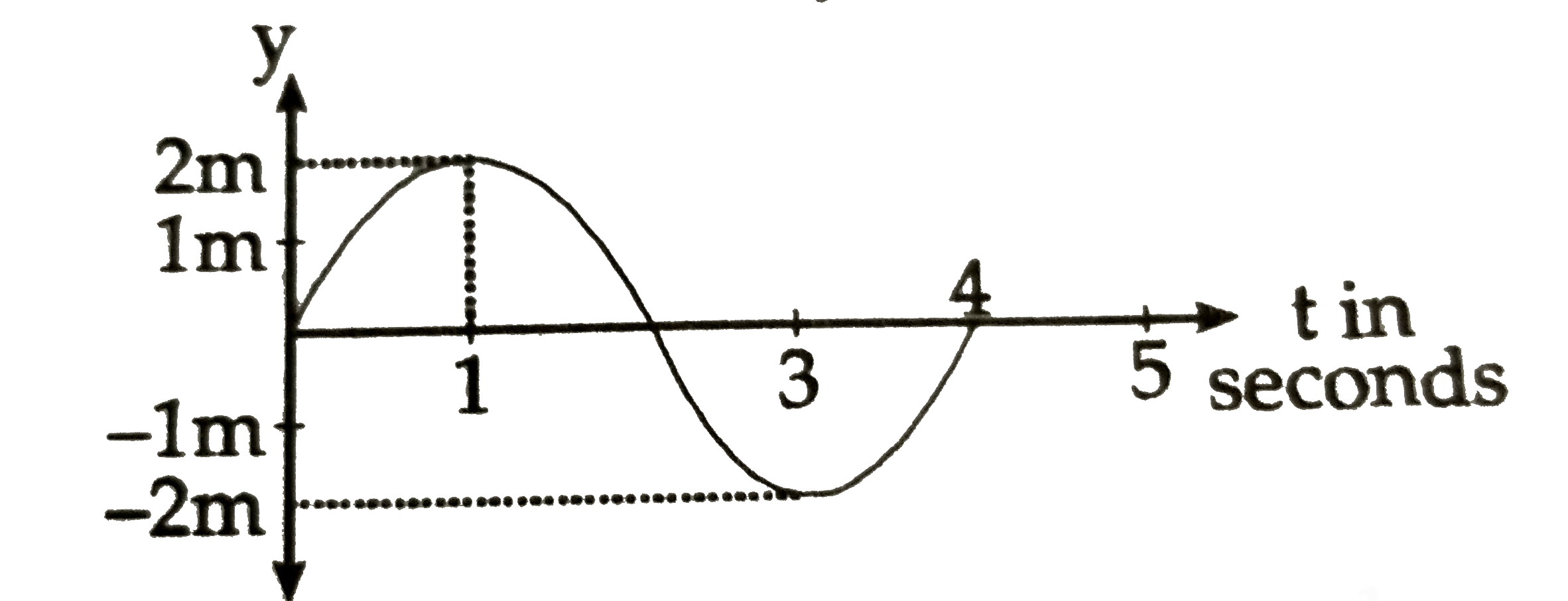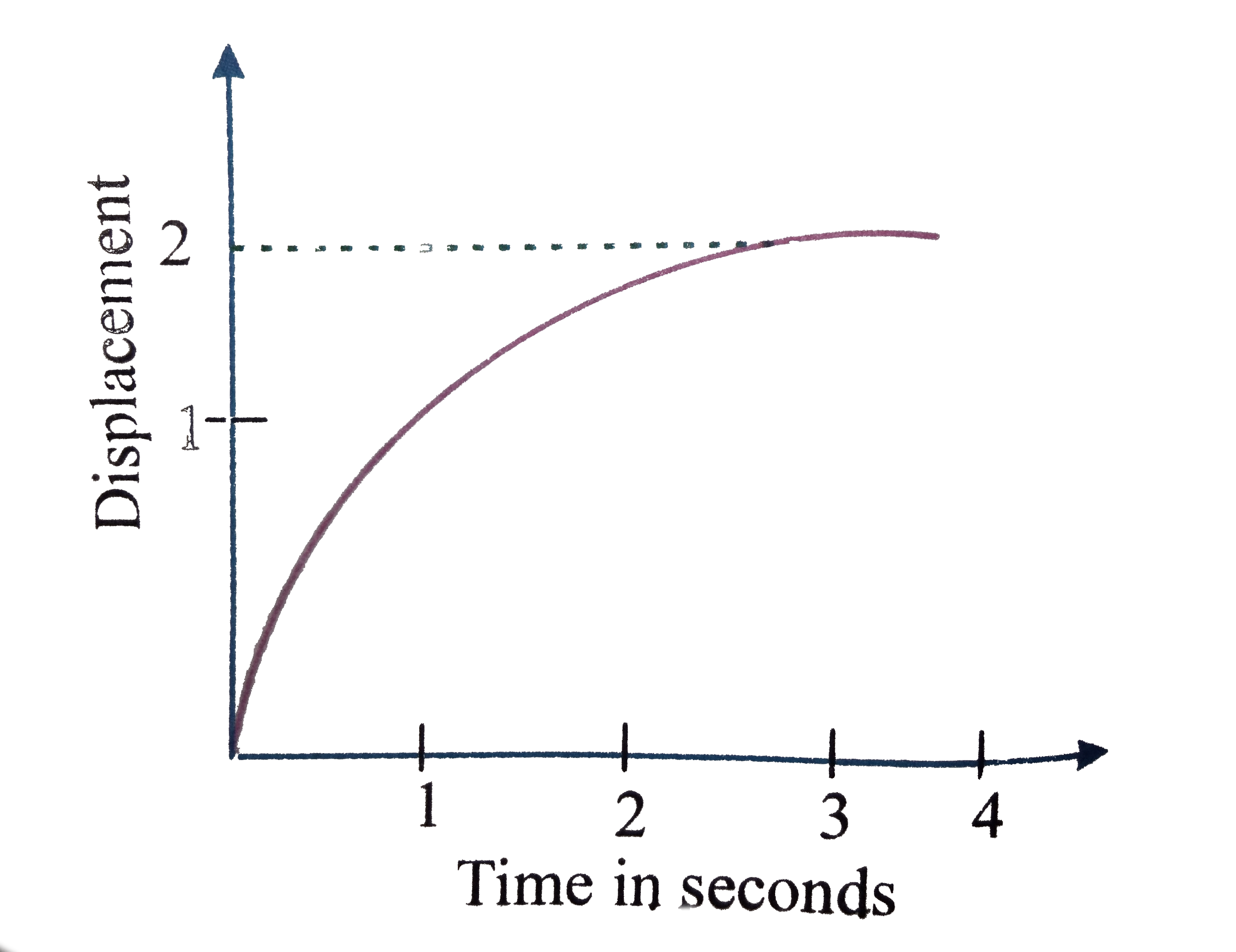
The displacement of a particle as a function of time is shown in the figure. The figure shows that
The particle starts with certain velocity but the motion is retarded and finally the particle stops
The velocity of the particle is constant throughout
The acceleration of the particle is constant throughout.
The particle starts with constant velocity, then motion is accelerated and finally the particle moves with another constant velocity
The correct Answer is:A
Step by step video, text & image solution for The displacement of a particle as a function of time is shown in the figure. The figure shows that by Physics experts to help you in doubts & scoring excellent marks in Class 11 exams.
Updated on:21/07/2023Topper's Solved these Questions
- MOTION IN ONE DIMENSIONBOOK - ERRORLESS CHAPTER - MOTION IN ONE DIMENSIONEXERCISE - Assertion & Reason
30 Videos
- MOTION IN ONE DIMENSIONBOOK - ERRORLESS CHAPTER - MOTION IN ONE DIMENSIONEXERCISE - Motion In One Dimension
24 Videos
- MOTION IN ONE DIMENSIONBOOK - ERRORLESS CHAPTER - MOTION IN ONE DIMENSIONEXERCISE - Critical Thinking
19 Videos
- GRAVITATIONBOOK - ERRORLESS CHAPTER - GRAVITATIONEXERCISE - SET
27 Videos
- MOTION IN TWO DIMENSIONBOOK - ERRORLESS CHAPTER - MOTION IN TWO DIMENSIONEXERCISE - Exercise
319 Videos
Similar Questions
Knowledge Check

The displacement of a particle as a funtion of time is shown in the figure. The figure shows thatAthe particle starts with certain velocity but the motion is retarded and finally the particle stopsBthe velocity of the particle is constant through out.Cthe acceleration of the particle is constant throughoutDthe particle starts with constant velocity, the motion is accelerated and finally the particle move with another constant velocity.The displacement of a particle as a function of time is shown in figure. The figure indicates that
(##MOT_CON_NEET_PHY_C23_E02_025_Q01.png" width="80%">Athe particle starts with a certain velocity , but the motion is retarded an finally the particle stopsBthe velocity of particle is constant throughoutCthe acceleration of the particle is constant throughoutDthe particle starts with a constant velocity, the motion is accelerated and finally the particle moves with another constant velocityThe displacement of a particle as a function of time is shown in . It indicates
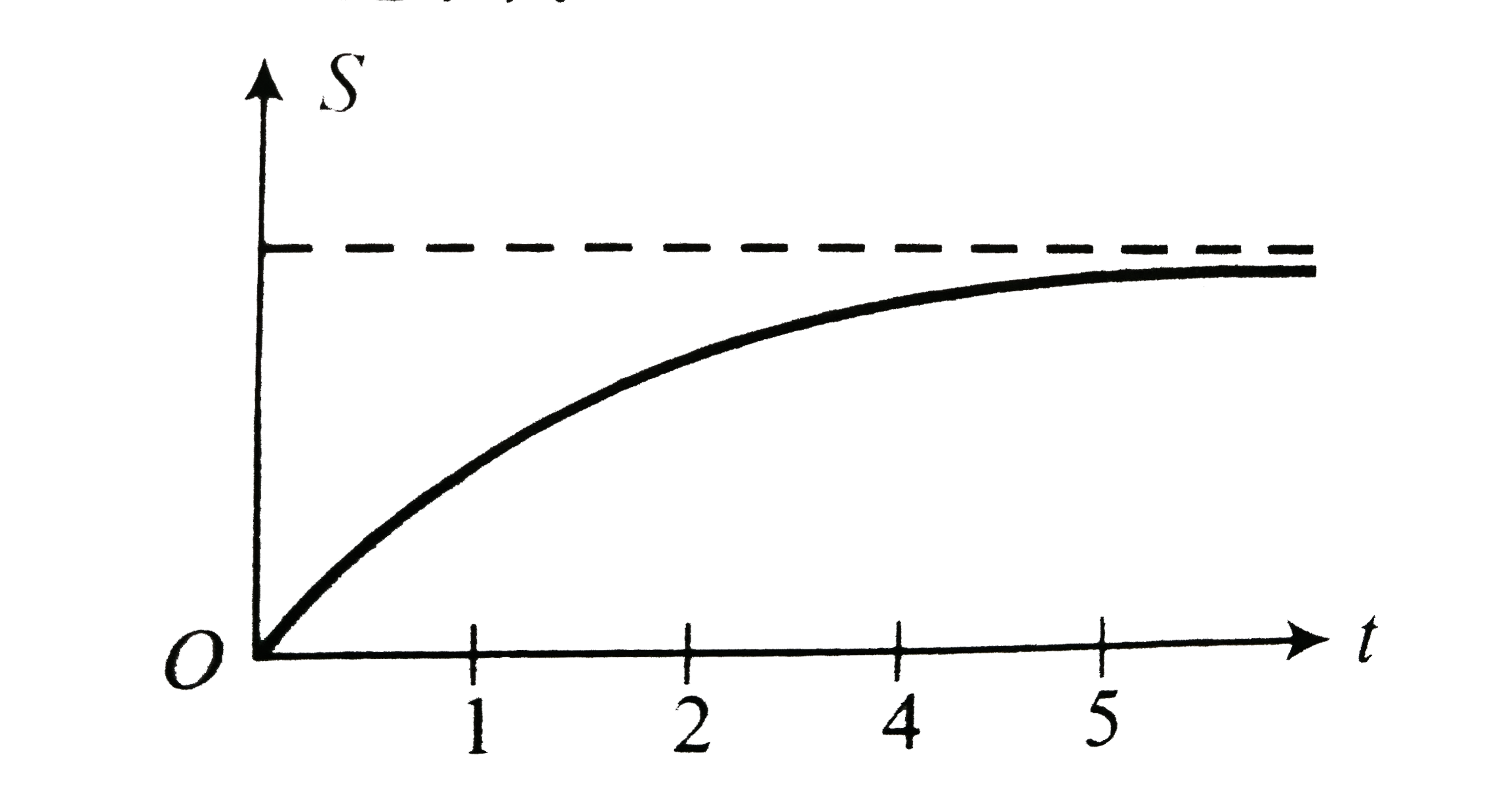 .Aainvelocity, but the motion is retarded and finally the particle stops.BThe velocity of the particle dereases.CThe accleration of the particle is in opposits direction to the velocty.DThe particle stares with a constant velocity, the motion is accelerated and finaly pparticle moves with another constant velocity.
.Aainvelocity, but the motion is retarded and finally the particle stops.BThe velocity of the particle dereases.CThe accleration of the particle is in opposits direction to the velocty.DThe particle stares with a constant velocity, the motion is accelerated and finaly pparticle moves with another constant velocity.
A transverse sinusoidal wave of wavelength 20 cm is moving along a string towards increasing x. The transverse displacement of the string particle at as a function of time is shown in Figure.
The equation of the wave with all the constants evaluated is:
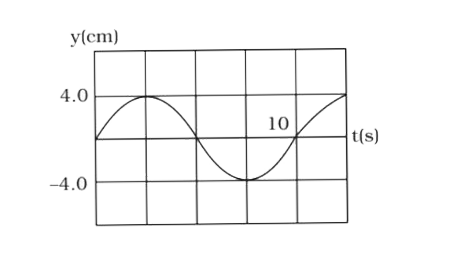
View SolutionA transverse sinusoidal wave of wavelength 20 cm is moving along a string towards increasing x. the transverse displacement of the string particle at x=0 as a function of time is shown in figure.
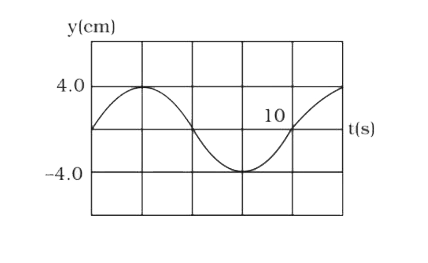
Q. The velocity of propagation of the wave is ?
View SolutionThe displacement time graph of a particle executing SHM is as shown in the figure
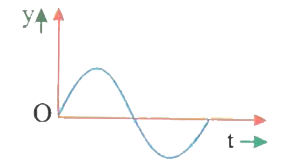
The corresponding force-time graph of the particle is
View SolutionThe displacement time graph of a particle executing S.H.M. is as shown in the figure
The corresponding force-time graph of the particle is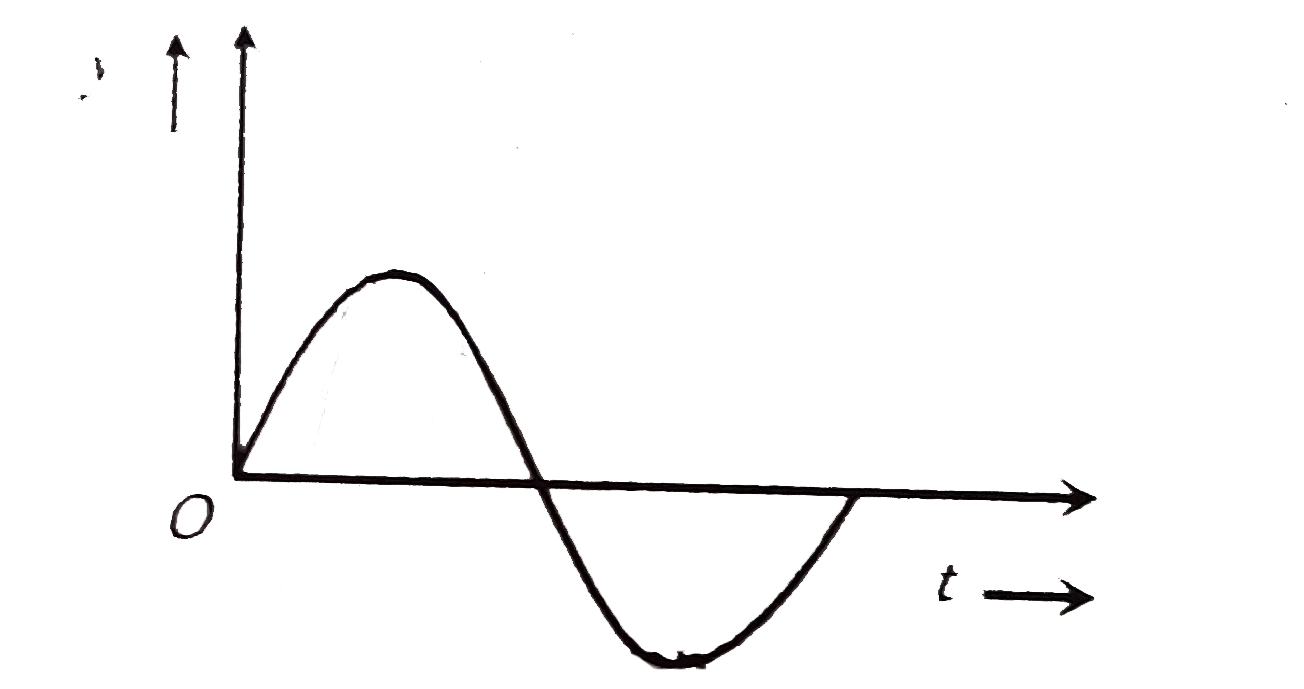
View SolutionThe variation of displacement with respect to time is depicted in the following figure. The figure shows that

View Solution

